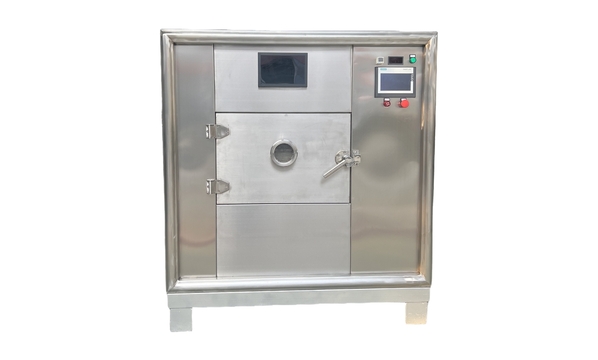
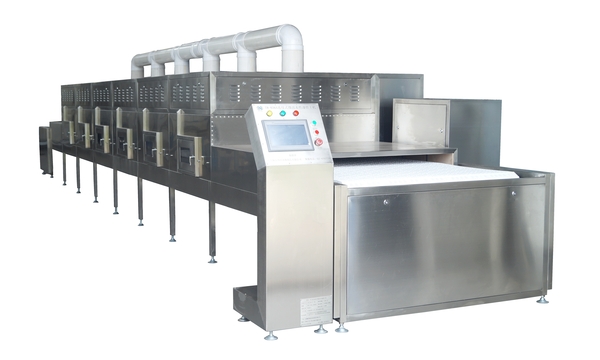
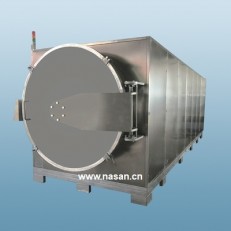
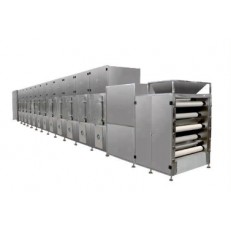
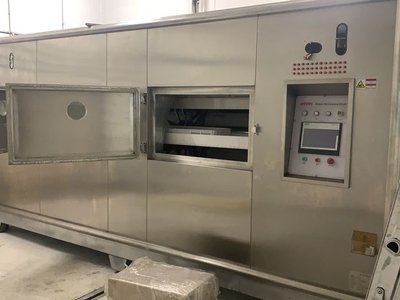
In today's fast-paced industrial landscape, maintaining optimal operational temperatures is not just a luxury—it's a necessity. At the heart of many temperature control processes lies a critical piece of equipment: the water chiller. This comprehensive guide delves into the world of Industrial water Chiller units, explores the broader category of Chiller systems, and explains their role within a complete Cooling System. We will also examine the common challenges that can arise with these systems, providing a clear understanding for facility managers, engineers, and maintenance professionals.
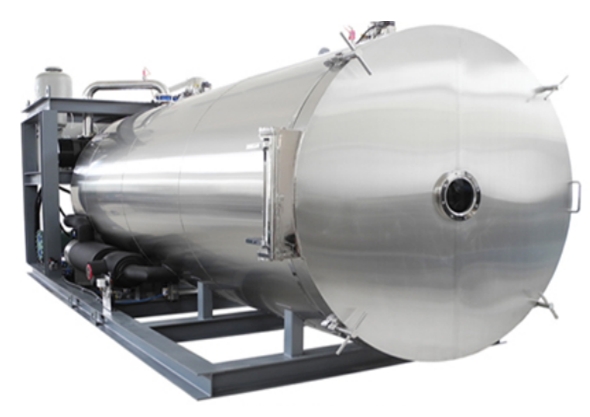
A water chiller is a refrigeration system designed to remove heat from a liquid via a vapor-compression or absorption refrigeration cycle. This chilled liquid, typically water or a water-glycol mixture, is then circulated through a heat exchanger to cool equipment, machinery, or entire building spaces. Essentially, a Chiller is the component within a Cooling System that generates the cooling effect, acting as the central heart that pumps "cold" throughout the process.
The fundamental principle is simple: heat is transferred from the process water to a refrigerant, and that heat is then expelled to the atmosphere via a condenser. The now-chilled water is recirculated back to the process, creating a continuous cycle of heat removal. This makes the water chiller indispensable in applications where precise temperature control is critical, from plastic molding to medical imaging and data center cooling.
When we narrow our focus to the Industrial water Chiller, we are referring to heavy-duty, robust systems engineered for demanding environments. These are not the small units found in residential or light commercial settings; they are workhorses built for 24/7 operation.
An Industrial water Chiller is characterized by its:
High Cooling Capacity: Measured in tons of refrigeration (TR), these units can range from dozens to thousands of tons, capable of handling massive heat loads.
Durability and Redundancy: Constructed with industrial-grade components like heavy-duty compressors, corrosion-resistant evaporators, and condensers designed to withstand harsh conditions. They often feature redundant systems to prevent costly downtime.
Advanced Control Systems: Modern Industrial water Chiller units are equipped with sophisticated microprocessors that provide precise temperature control, system monitoring, diagnostics, and even remote connectivity for proactive maintenance.
These chillers form the core of a plant's Cooling System, directly impacting product quality, operational efficiency, and overall productivity. Whether it's cooling injection molding machines, regulating the temperature in a chemical process, or maintaining the environment in a pharmaceutical clean room, the Industrial water Chiller is a non-negotiable asset.
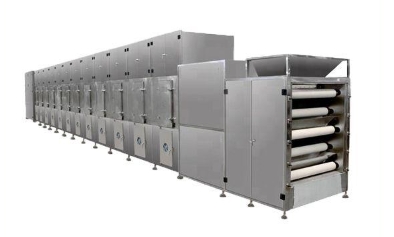
To understand a Chiller, it's best to break it down into its four main cycles within the larger Cooling System:
The Evaporation Cycle: Warm process water from the facility's load enters the evaporator. Inside the evaporator, the liquid refrigerant absorbs heat from this process water, causing the refrigerant to boil and turn into a low-pressure vapor. Simultaneously, the process water loses its heat and is pumped out as chilled water to the application.
The Compression Cycle: The low-pressure refrigerant vapor is drawn into the compressor, which is essentially the engine of the Chiller. The compressor's job is to compress this vapor, significantly increasing its pressure and temperature, transforming it into a high-pressure, superheated vapor.
The Condensation Cycle: The hot, pressurized refrigerant vapor travels to the condenser. Here, the heat is rejected. In an air-cooled Chiller, fans blow ambient air across the condenser coil to dissipate the heat. In a water-cooled Chiller, a separate Cooling System involving a cooling tower and condenser water loop is used to remove the heat. As the refrigerant loses heat, it condenses back into a high-pressure liquid.
The Expansion Cycle: The high-pressure liquid refrigerant moves to the expansion valve, which acts as a metering device. It rapidly reduces the pressure of the refrigerant, cooling it dramatically and converting it back to a low-pressure liquid-and-vapor mixture, ready to enter the evaporator and repeat the cycle.
This continuous loop is what allows a water chiller to provide consistent and reliable cooling.
A Chiller rarely operates in isolation. It is the central component of a broader Cooling System that may include:
Pumps: To circulate chilled water to the process and condenser water to the cooling tower.
Cooling Towers: For water-cooled systems, these devices use evaporative cooling to reject the system's heat to the atmosphere.
Heat Exchangers: The interface points where chilled water absorbs heat from the process equipment.
Storage Tanks: To provide a buffer and hold a reserve of chilled water.
Control Panels and Piping: The network that connects everything together and manages the flow.
The efficiency of the entire Cooling System depends on the harmonious operation of all these components. A failure in the cooling tower, for example, will directly impact the performance of even the most efficient Industrial water Chiller.
Even the most robust Industrial water Chiller can encounter issues. Understanding these common problems is key to preventing downtime and expensive repairs.
Refrigerant Leaks
Refrigerant is the lifeblood of the Chiller. A leak leads to a drop in cooling capacity and efficiency. If the refrigerant level drops too low, it can cause the compressor to run excessively and potentially overheat, leading to catastrophic failure. Signs include poor cooling performance, ice formation on the evaporator, and hissing sounds. Regular inspection of fittings, valves, and coils is crucial.
Fouling in Condenser and Evaporator Tubes
Over time, the tubes in the heat exchangers (condenser and evaporator) can become fouled with scale, sludge, biological growth, or other contaminants. This fouling acts as an insulator, reducing heat transfer efficiency. The Chiller must work harder to achieve the same cooling, leading to higher energy consumption and strain on components. Regular water treatment and periodic tube cleaning are essential maintenance tasks.
Electrical Control Failures
The compressor and fan motors are controlled by a network of starters, contactors, relays, and sensors. Electrical failures are common and can be caused by dirty contacts, corrosion, voltage fluctuations, or simply wear and tear. A faulty sensor can send incorrect signals to the control system, causing the Chiller to behave erratically or shut down unexpectedly.
Motor and Compressor Issues
The compressor is the most critical and expensive component. Common issues include electrical winding failures, bearing wear, and lubrication problems. In centrifugal chillers, surging—a violent flow reversal of refrigerant—can cause significant damage. Proper lubrication, maintaining clean oil, and ensuring operating conditions are within design specifications are vital to compressor longevity.
Problems with the Water Circulation System
The water chiller relies on a steady flow of water. Problems in this part of the Cooling System can include:
Low Water Flow: Caused by clogged filters, a failing pump, or air locked in the pipes. Low flow can trigger safety cut-outs and lead to freezing in the evaporator, which can rupture tubes.
Poor Water Quality: Untreated water can lead to corrosion, scaling, and biological growth within the pipes and heat exchangers, degrading performance and causing damage.
Temperature Approach Issues
A key indicator of Chiller health is the "temperature approach"—the difference between the chilled water temperature leaving the evaporator and the refrigerant temperature. A widening approach temperature often indicates fouling on the evaporator tube surface. Similarly, a high approach in the condenser (difference between condenser water leaving and refrigerant temperature) indicates fouling in the condenser or low refrigerant charge.
Preventing the problems listed above requires a disciplined approach to maintenance. This includes:
Maintaining Logs: Regularly recording operating temperatures, pressures, fluid levels, and voltages to spot trends that indicate developing problems.
Scheduled Cleaning: Regularly cleaning condenser coils (air-cooled) or condenser tubes (water-cooled) and ensuring water treatment programs are effective.
Regular Inspections: Checking for refrigerant leaks, verifying electrical connections, and ensuring all safety controls are functional.
Oil Analysis: For larger systems, analyzing compressor oil can provide early warnings of internal wear or contamination.
By investing in a proactive maintenance schedule, you protect your investment in the Industrial water Chiller and ensure the reliability of your entire Cooling System.
The humble water chiller, particularly the robust Industrial water Chiller, is a masterpiece of engineering that plays a pivotal role in countless industries. Understanding what a Chiller is, how it functions as part of a complete Cooling System, and being aware of its common failure modes empowers businesses to operate more efficiently and avoid disruptive downtime. By prioritizing knowledge and proactive care, this critical asset will provide years of reliable service, safeguarding both processes and profits.